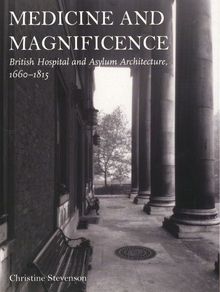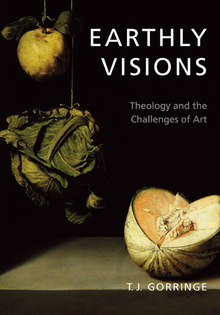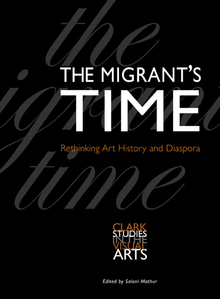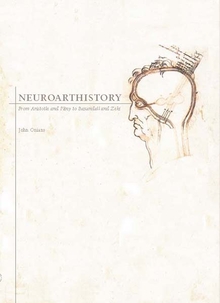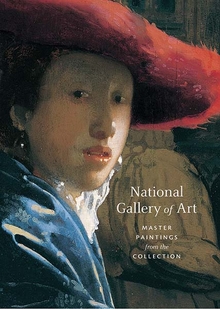Rethinking Art History
WARNING
You are viewing an older version of the Yalebooks website. Please visit out new website with more updated information and a better user experience: https://www.yalebooks.com
Meditations on a Coy Science
Donald Preziosi

Read this book online via the A&AePortal, our art and architectural history eBook platform. To learn more about how to access this book, please contact us.
“Donald Preziosi has written a timely and incisive study of the methods and assumptions of art history in the modern period. As the book unfolds, one realizes that art history was never as unitary and monolithic as the phrase ‘the discipline of art history’ suggests, but is in fact a complicated and highly contradictory range of practices whose disciplinary coherence may be more mythical than real. This is a deliberately discomforting book; however, for its clear-sightedness, rigor, and wit, it is a book to be welcomes by everyone concerned with the present condition and future direction of visual studies.”—Norman Bryson, Harvard University
“An important and courageous book, Rethinking Art History is a rigorous and original contribution to the current post-structuralist and postmodernist debates in cultural studies here and abroad.”—Steven Z. Levine, Bryn Mawr College
“Through this kind of reading of the discourse of art history, Preziosi provides some acute analysis of the metaphors and stratagems which continue to discipline the discipline of art history.”
Donald Preziosi is a professor of art history at the University of California, Los Angeles
"Preziosi challenges art historians to attend to their discourse. . . . Preziosi’s arguments are forceful and ingenious."—Richard Shiff, Journal of Modern History
"It would be unfair to dismiss Professor Preziosi’s book as merely a tract for the times. His knowledge of critical theory is wide-ranging and acute, and his intelligent survey of recent developments helps to plug an evident gap in art historical studies with something like the many available guides to literary theory and the institutionalization of English studies which Preziosi emulates."—Alan Robinson, Times Educational Supplement
"Insightful ruminations. . . . A terse overview of the field, Preziosi’s worthwhile endeavor is for the serious general reader."—K. I. Fakih, Los Angeles Times Book Review
"Preziosi furnishes a sophisticated if controversial interpretation of the state of the discipline, and also provides the reader with beneficial exercise in the discourse of deconstruction."—Choice
"Preziosi organizes art history’s history in order to reveal its patterns. . . . The book is immensely useful to those desiring an overview of how academic art historians picture their own field. . . . Interesting and informative."—Anita Silvers, Journal of Aesthetics and Art Criticism
"One celebrates . . . Donald Preziosi’s elegant and compelling new book. . . . A work that should be required reading for the field, not least because it is an example of eloquent prose largely absent from the profession. . . . His critique of the ’institution’ of art historical practices is lucid, equitable, and utterly compelling, tracing schematized notions of art history in order to reveal the equivocal and ambivalent nature of the enterprise. . . . Preziosi offers compelling critiques of the structuralist analysis of paleolithic art, Athenian architecture (he gives a stunning and delightful reading of the political economy of the viewer’s vantage at the threshold of the Akropolis), and the popular conception within art history of the artist figure. . . . A superb account."—Robert Steiner, American Book Review
"A provocative critique of the discipline of art history and the theories associated with its practice."—October
"Through this kind of reading of the discourses of art history, Preziosi provides some acute analyses of the metaphors and stratagems which continue to discipline the discipline of art history."—Parachute
"Donald Preziosi has written a timely and incisive study of the methods and assumptions of art history in the modern period. . . . For its clear-sightedness, rigor, and wit, a book to be welcomed by everyone concerned with the present condition of visual studies."—Norman Bryson
Publication Date: January 23, 1991


